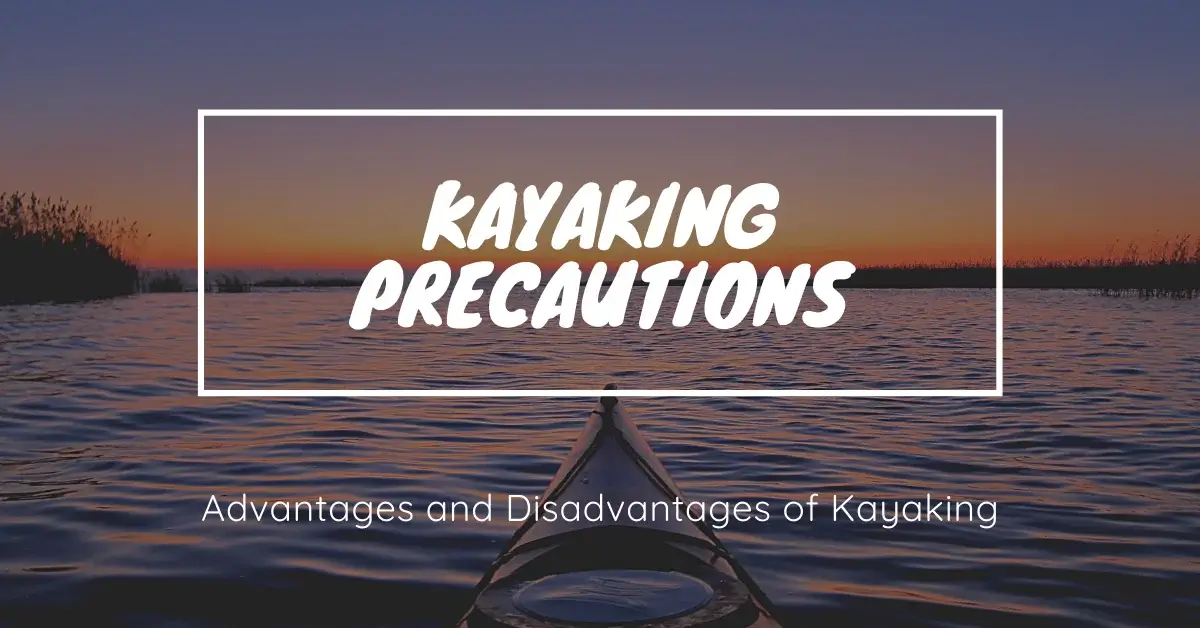Kayaking provides a challenging and peaceful experience in calm waters. Paddling with an upright kayak paddle provides an efficient and stable platform for navigation.
However, many kayakers prefer to offset their paddles in order to create a more dynamic experience.
Offsetting the paddle provides more power when thrusting into the water, while also providing more control when paddling and making it easier to negotiate obstacles.
This unique style of kayaking is perfect for those who want to explore uncharted waters or navigate difficult rapids.
Benefits of Offset Paddles
Kayaking enthusiasts know that using an offset paddle can increase efficiency and pleasure in the water.
Here’s why offset paddles are so great:
- An offset paddle creates a larger contact surface with the water, giving you more power to move through the water.
- Offset paddles also help you steer with less effort, making them ideal for beginners and those new to kayaking.
- Offset paddles are easier to control, making them ideal for those who want to go out on a boat without a guide.
- With an offset paddle, you can move your paddle in a straight line and use the water to help propel you forward.
Kayak Paddle Feathering Easiest Techniques
There are lots of different techniques you can use to make paddling easier and more efficient. One of the most effective ways to paddle is by feathering your strokes.
This will help you move through the water more easily and conserve energy. Here are some tips for feathering your kayak:
- Experiment with different degrees of feathering until you find a setting that works best for you.
- Make sure the feathering is evenly distributed across the boat.
- Keep your hands and arms close to the boat to reduce wind resistance.
- Make sure the water around your boat is moving smoothly.
- When you start to feel tired, feather the strokes a little more and then relax.
- When you feel tired, use your knees to push against the kayak. This will help you maintain control. If you are paddling in a straight line, try to paddle with a slight bow wave on the water.
- Re-feathering your strokes at the end of a long paddle can take some getting used to. It will help you to maintain your rhythm and prevent fatigue.
Kayak Paddle Feather Angle
There is no one definitive answer to this question since everyone paddles differently and has their own preferences.
However, a good starting point would be to find the paddle angle that allows you to keep your hand in a comfortable position.
This can be determined by trial and error until you find a comfortable position.
Note that if the blade is at a 90-degree angle from the surface you’re paddling on that will give you maximum control and stability when moving through the water.
Typically kayak paddle feather angle is between 15 and 60 degrees, if the water is rough then the angle is 30 to 50 degrees.
How to Paddle a Sit-On-Top Kayak
Paddling a sit-on-top kayak is a great way to explore the waterways near your home. You can use it for fishing, swimming, and just having fun.
Here are some tips on how to paddle a sit-on-top kayak:
- Get in the kayak and position yourself so that you are sitting in the middle of the cockpit.
- Place your feet in the toe clips and secure them with the straps.
- Make sure that you have enough room between your knees and the sides of the cockpit.
- Pull the kayak onto your shoulders, making sure that you are sitting in a straight line with your body.
- Slide your arms through the straps to secure them.
- Adjust the seat back so that it is comfortable for you.
How to Paddle a Kayak in a Straight Line
If you want to paddle in a straight line, it can be a challenge. Here are 5 tips to help you achieve the feat:
- Practice at home first. It’s important to get comfortable with the kayak before you go out on the water.
- Choose the right kayak. A kayak that is too big or too small will make paddling in a straight line difficult.
- Practice with a friend. Find a buddy who knows how to paddle a kayak and practice going in a straight line together.
- Position yourself so that your hips and shoulders are directly above the center of the kayak and your knees are bent.
- Don’t hold your breath or inhale deeply when paddling, as this will make it difficult to keep your balance.
- When paddling, do not place your arms at angles that put a lot of stress on them.
- Make sure to use your arms in a straight line from your shoulders to the kayak.
- Keep your torso upright.


